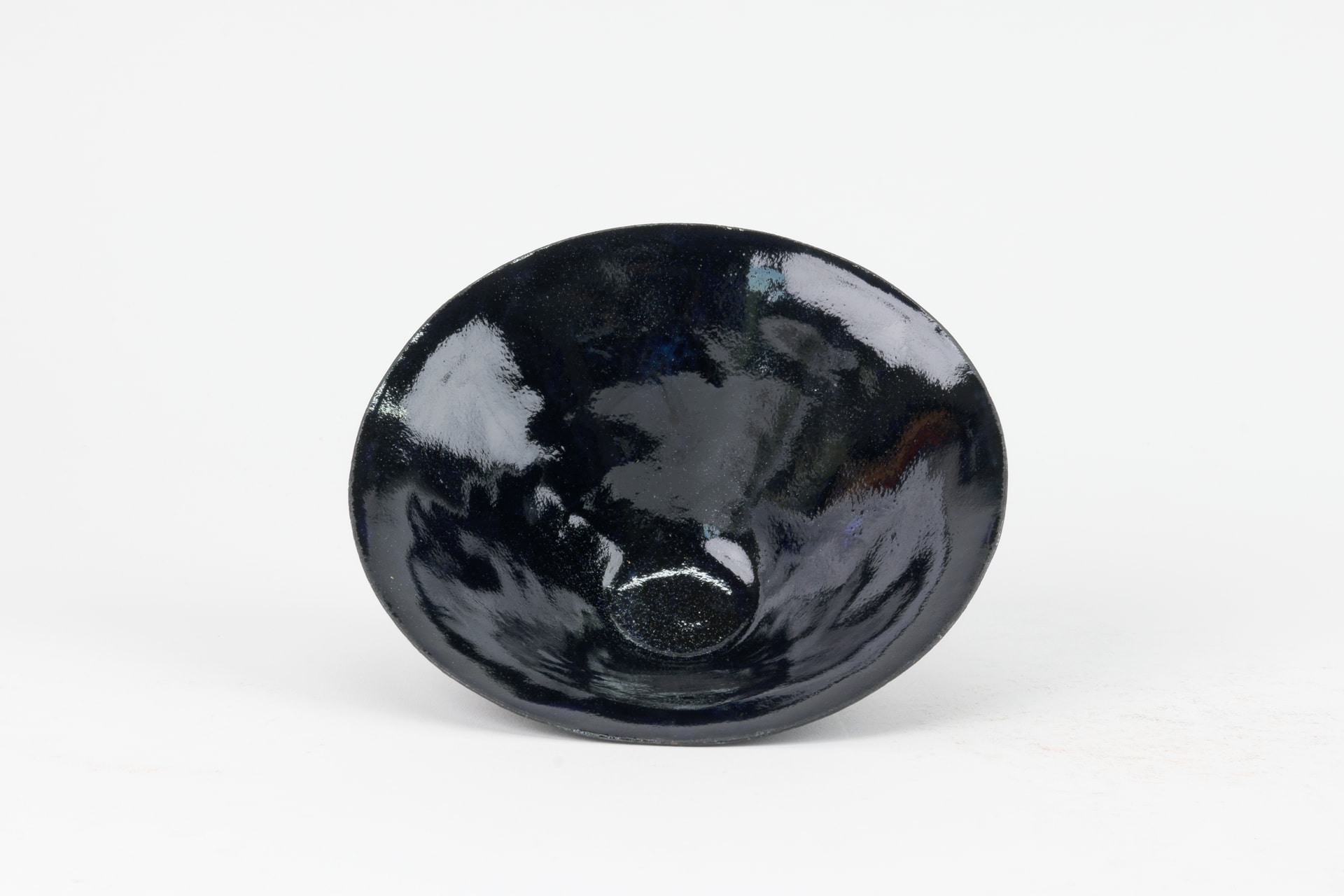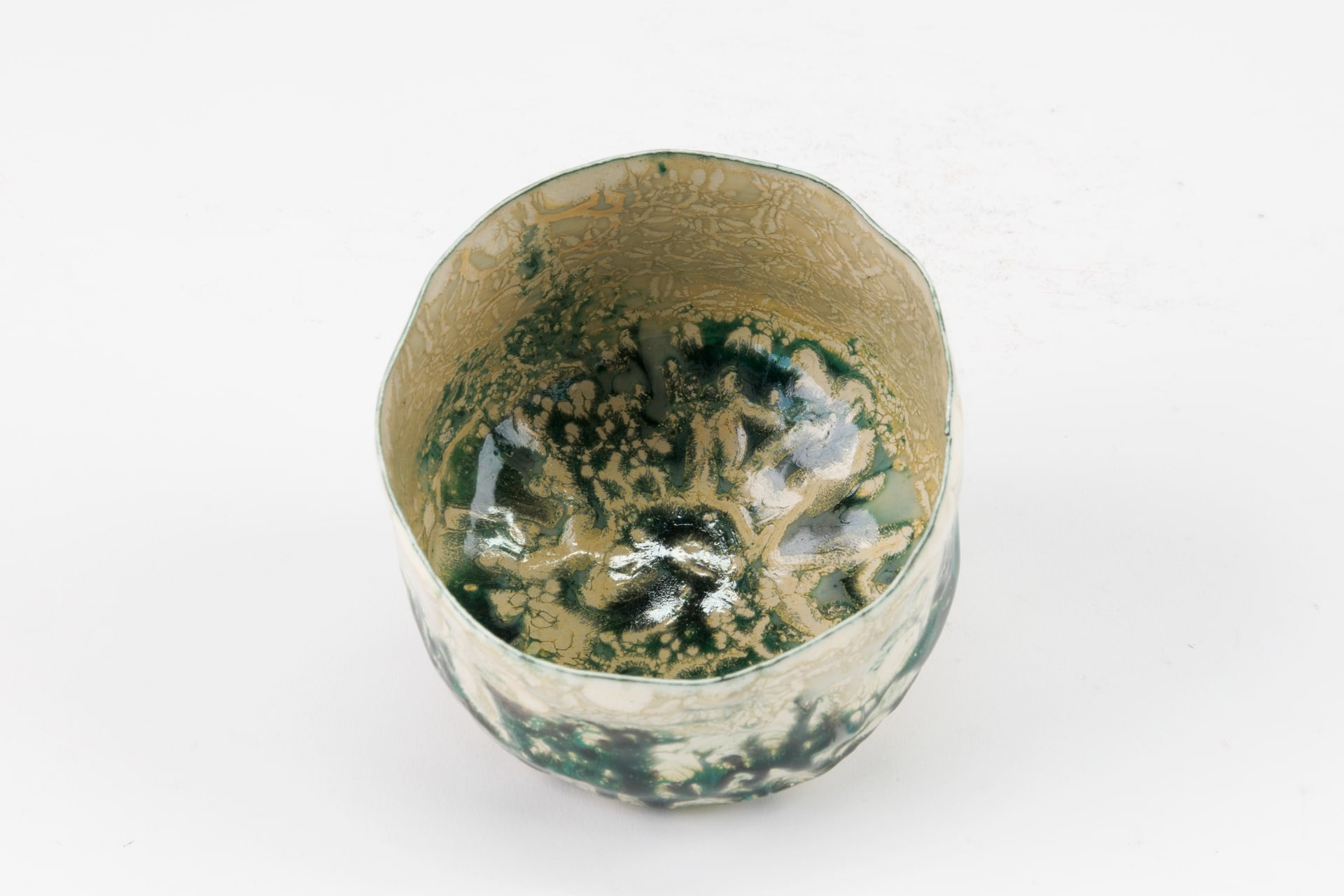Sho-Woo Lee ( Xiaoyu Li, 李笑禹) is an artist metalsmith currently based in London. He was born in Beijing, China, and relocated to Taiwan in 2016 for study. He received a Bachelor of Fine Arts (Applied Arts) from Fu Jen Catholic University in 2021. The experience of living in two relatively different Chinese-speaking societies has shaped his more inclusive cultural perspective. He is now studying at The Royal College of Art (Jewellery & Metal) for his Master's degree.
Sho-Woo Lee is dedicated to re-examining ancient Chinese culture and art from a contemporary, global perspective. Specialising in blending diverse East Asian cultural traditions, and classical and contemporary aesthetic concepts, he creates ceremonial vessels and objects in metal.
















